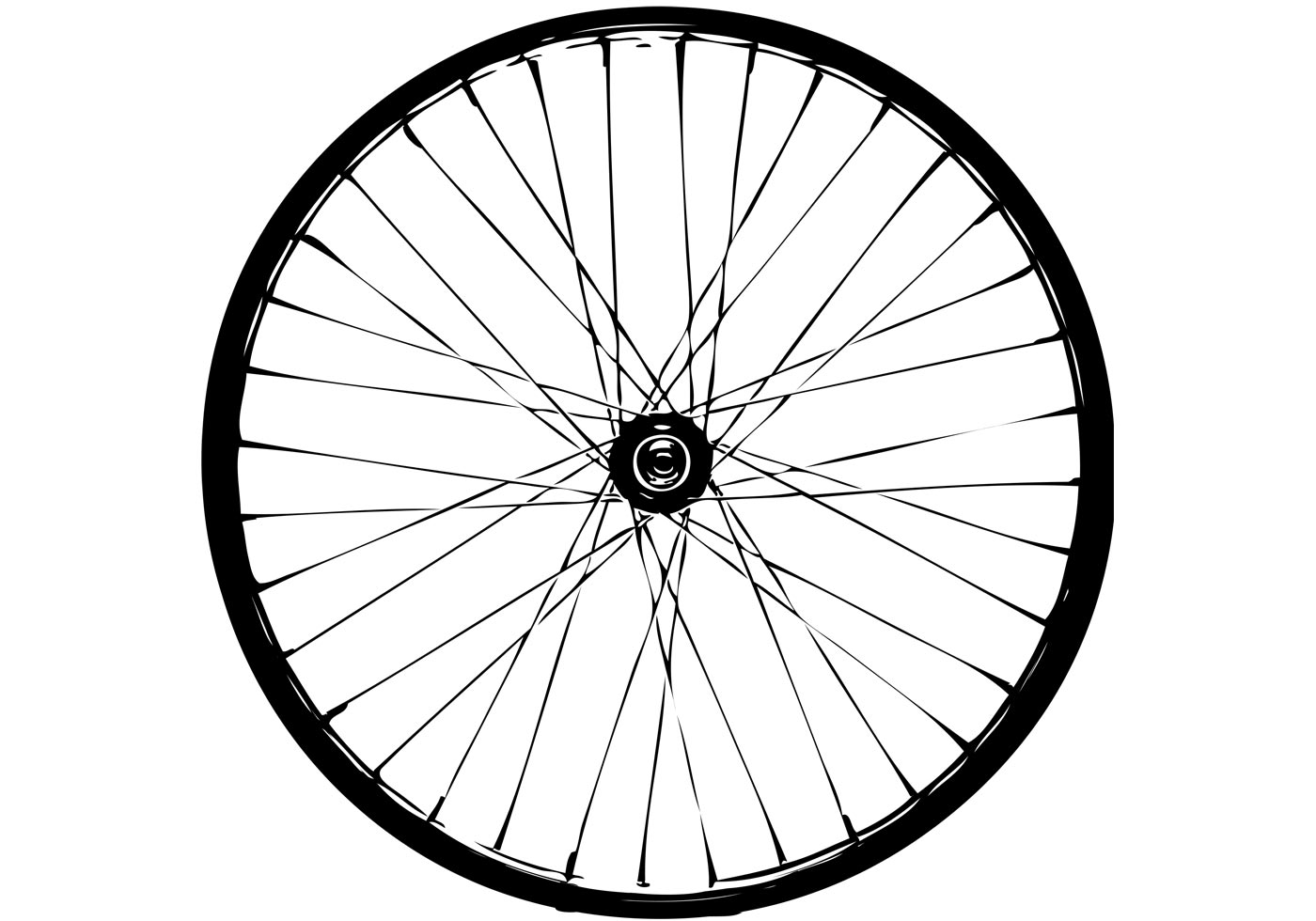Make America Eclipse Again
The solar system didn’t disappoint Octavia, a grandmother and Uber driver.
Sarah and Emily on solar watch in Nashville.
“I underestimated it,” she said as she drove my family and I through Nashville on Monday, just hours after “totality” darkened the Music City’s skies. “I don’t mean to get religious on y'all, but I just looked up at it and said `this is God’s work.’
My wife, Barbara, and our two daughters, Sarah and Emily, made the trek to the eclipse’s “path of totality” in Nashville. We watched the celestial event unfold in a mown hay field at The Hermitage, the 420-acre plantation of the seventh president of the United States and $20 bill model, Andrew Jackson.
Several months ago when Emily suggested we make the trip to Nashville, I was as underwhelmed as Octavia had been. “Why can’t I watch it here, at home? It’s the same sun.” That began Emily’s tutelage of me on all things eclipse and why we should see the full solar blockade by the moon.
Barb pointed to this quote from Annie Dillard’s essay, "Total Eclipse:"
“Seeing a partial eclipse bears the same relation to seeing a total eclipse as kissing a man does to marrying him, or as flying in an airplane does to falling out of an airplane. Although the one experience precedes the other, it in no way prepares you for it.”
Emily, Barb and Annie were right. After experiencing the total blackout, I have to say it was worth it, even with the 2,100-mile round trip car drive from Hudson, NY, that Barb and I made with our dachshund, Charlie.
It seems like everyone has shared eclipse photos or written about it so I won’t make you read my eclipse -- much. Just before totality, the sunlight striking the ground had a strange muted golden hue. Cicadas began chirping, tricked into thinking it was evening. Then it got almost completely dark at 1:30 p.m. – on a clear August day! I couldn’t see Barb or my daughters standing next to me.
That minute or so when the black disk of the moon covered the sun was the most amazing natural thing I have ever seen. The angelic white light of the corona surrounding the moon was breathtaking. A purplish “night sky” appeared instantly, replete with stars and planets, including Venus.
People cheered. It was the sound of joy – pure joy.
After the moon moved on and the sunlight returned, strangers hugged, couples toasted with champagne, and everyone gushed about the show in the sky. One woman from Cincinnati sitting near us threw her arms over her head like she had just won a race and said, “Amazing, amazing, amazing!” She turned to another woman from Chicago, and said “It felt so important, so unifying for everyone, didn’t it?” The second woman agreed, adding, “it was the break we all needed from all the crazy stuff going on.”
I asked Sarah why she thought the eclipse had been such a big event in the U.S. -- Nashville even closed its schools for the day. “Social media,” she said. Then after a moment’s thought, she added, “I think people are just craving authentic communal events.”
By the way, how did I get such smart daughters? See below Emily's art from the eclipse.
I'll add a few thoughts. First, after all the hype, I suspect many people thought the eclipse would be a bust or just "meh." We’ve grown cynical about events that get big buildups – in other words, “if they have to sell it that hard, it’s probably not very good.” But it lived up to its billing – unlike snow storms, for instance, that forecasters overhype.
Second, it was amazing to have something in common with everyone in Nashville. The whole city stopped in its tracks. You weren’t afraid to ask anyone “Where’d you watch the eclipse.” It is the first time I can remember an event so positive and universal since the moon landing in 1969.
Finally, it was the perfect event for a time when mankind seems incapable of big things and is instead focused on inconsequential matters of self-interest. The natural world reminded us what amazing and inspiring looks like. Maybe Americans should rally around more natural events – free, accessible, awe-inspiring -- as a way of unifying us.
Octavia is all in on that idea. “Let me tell you, I would go anywhere – anywhere -- to see that again.”
By Emily Sheffer
In 1854, Philadelphia-based brothers William and Frederick Langenheim made seven daguerreotypes of the total eclipse of the sun - the first eclipse visible in North America since the invention of photography.
Under the light of the eclipse this past week, I recreated Langenheim’s images with cyanotype paper, a photographic process that uses sun-sensitive paper to make an exposure.
I printed inverted images of the original daguerreotypes to make paper negatives, and placed the paper negative on top of the cyanotype paper. The sun comes through the white parts of the paper negative, exposing the cyanotype paper beneath it to blue.
163 years later images made by the light of one eclipse are printed with the light of another.
click on images to enlarge
The progress of the process - from daguerrotype to paper negative to cyanotype.
A triplet of the final cyanotypes.

